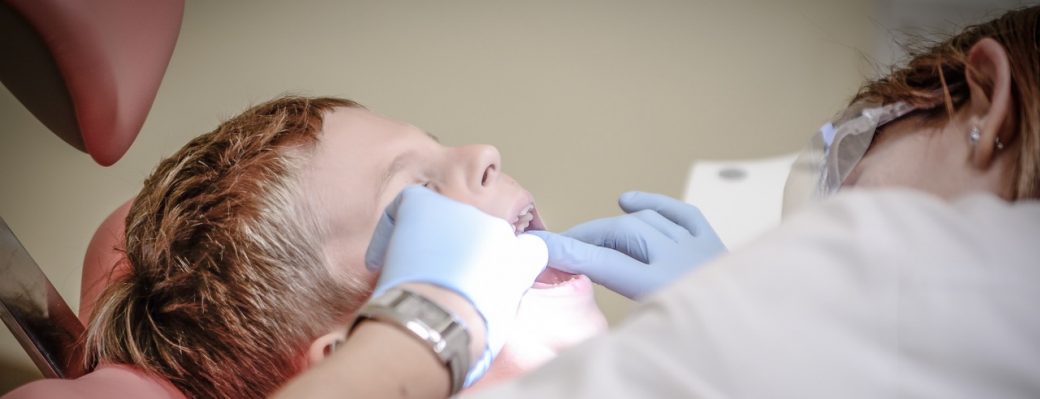Some surgeries and procedures do not require the use of full general anesthesia but may still need some amount of anesthesia to keep the patient safe and comfortable during the procedure. This is called anesthesia sedation, or twilight anesthesia. To learn more about anesthesia, visit this website.
Sedation is a state of sleepiness that occurs when a patient receives medicine to help them sleep during a procedure. Their anesthesia provider can use a range of medicine to produce a different level of sedation during your surgical procedure. The goal is to relax a patient enough so they are relaxed, sleepy, comfortable, and breathing on their own, thus the name twilight anesthesia.
Medicines for anesthesia sedation are given through an IV. While a patient is under sedation, an anesthesia provider will be present at all times to monitor their well-being and to adjust the level of sedation as needed. In addition to the sedation, your surgeon will often place a local anesthetic, also known as numbing medicine, near the location of your surgeries.
Because anesthesia sedation is not considered true general anesthesia, patients may or may not be aware or have memories of the procedure. The level of anesthesia a patient receives is tailored to their changing needs during their surgery and at some point, it may become necessary to start full general anesthesia.
When the procedure is finished, the patient will be taken to the recovery area when the medical staff continues to monitor them. How quickly the anesthesia wears off depends on the anesthetics and other medicines used, as well as how the body responds to them.
 Some things a patient might be experienced after anesthesia sedation are they may feel shivering and feel cold when they first emerge from twilight anesthesia. They may feel some numbness or less feeling in a part of their body if they had regional anesthesia or if their surgeon used local anesthesia medicine. They may experience nausea and vomiting. This can be treated should not last long. After anesthesia sedation, the patient may also have trouble with muscle control coordination.
Some things a patient might be experienced after anesthesia sedation are they may feel shivering and feel cold when they first emerge from twilight anesthesia. They may feel some numbness or less feeling in a part of their body if they had regional anesthesia or if their surgeon used local anesthesia medicine. They may experience nausea and vomiting. This can be treated should not last long. After anesthesia sedation, the patient may also have trouble with muscle control coordination.
In some patients, anesthesia can affect memory, and decision making for short times. It’s advice the patient to not drive or make important decisions for 24 hours after receiving any type of anesthesia, even twilight anesthesia.


